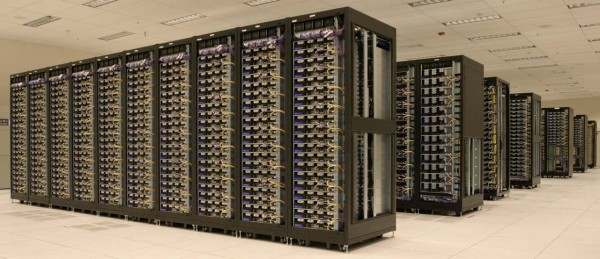Hi,
We've been working with NGS data on a desktop PC with AMD phenomII x6 processor, and 16GB RAM, Linux Ubuntu. This was put together rather easily, but now we are looking to create a simple cluster of nodes. We are not looking to do anything fancy, and would be more than happy to have duplicate towers with the same specs, but connected somehow. It will just be a local network.
Our main computations at the moment is localized assembly of genes (AMOS, velvet) and alignments using various software (bwa, bowtie, blast, smalt), and we are ok to limit any particular analyses to one node.
We would like to keep the box we've been using, but if we were to create a cluster:
1. Do we have to buy some kind of special hardware of clusters and setup from scratch? Or just build identical boxes and connect them somehow?
2. What sort of software should we use to connect the nodes? Given alot of the NGS software still don't support MPI, should we consider MPI, or just some kind of LAN/switch connection between the nodes/towers?
3. Can the extra nodes be of the different architecture (No. of processors, motherboard, amount of RAM etc) as the master node if we consider MPI?
We've started to do some research, but if someone experienced could give some quick advice that would help us greatly!
Thanks in advance!
We've been working with NGS data on a desktop PC with AMD phenomII x6 processor, and 16GB RAM, Linux Ubuntu. This was put together rather easily, but now we are looking to create a simple cluster of nodes. We are not looking to do anything fancy, and would be more than happy to have duplicate towers with the same specs, but connected somehow. It will just be a local network.
Our main computations at the moment is localized assembly of genes (AMOS, velvet) and alignments using various software (bwa, bowtie, blast, smalt), and we are ok to limit any particular analyses to one node.
We would like to keep the box we've been using, but if we were to create a cluster:
1. Do we have to buy some kind of special hardware of clusters and setup from scratch? Or just build identical boxes and connect them somehow?
2. What sort of software should we use to connect the nodes? Given alot of the NGS software still don't support MPI, should we consider MPI, or just some kind of LAN/switch connection between the nodes/towers?
3. Can the extra nodes be of the different architecture (No. of processors, motherboard, amount of RAM etc) as the master node if we consider MPI?
We've started to do some research, but if someone experienced could give some quick advice that would help us greatly!
Thanks in advance!



Comment